Salesforce releases updates to its platform three times a year (Spring, Summer, Winter). We now arrive at the Salesforce Summer ’21 release. Salesforce continues to make head way in improving their solutions. This is a key advantage to cloud computing. Salesforce can bring continuous improvements to its platform without burdening the customers with large, complicated upgrades. The platform automatically upgrades behind the scenes and you are benefited from improved performance and functionality. Salesforce allows users to submit feedback and their own ideas online through Salesforce Ideas. This creates a unified community, which allows others to vote for and comment on other ideas that have a chance of being developed and released. Salesforce is proud of their ability to provide improvements multiple times a year continuously.
I have broken down some of my 10 favorite Salesforce Summer ’21 release highlights below but you can get the full list.
Update Fields from the Report Run Page with Inline Editing (Beta)
This new feature (which is currently in beta) will save a lot of clicks and time. I am excited about this new feature because now you don’t have to click back and forth between your report and records to update fields. Salesforce is now previewing the capability to use inline editing to update certain types of text, numeric, and checkbox fields without leaving the Report Run page. For example, while viewing your Opportunity report, you have the ability to update the opportunity amounts without leaving your report.
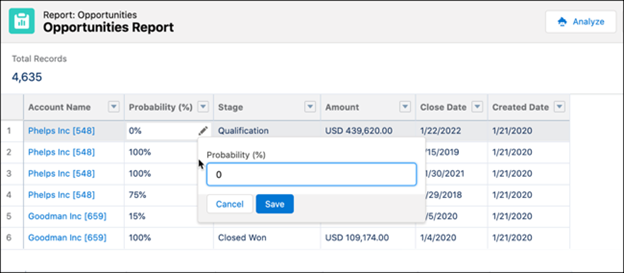
Save Time with Mass Actions in Split View
This new feature is for all my users that live out of their split views. Salesforce is bringing another feature to save users clicks and time (shocker, this is their bread and butter). When a user is in a split view, checkboxes will automatically appear next to each record, and you can apply a quick action to the selected records in the actions dropdown menu. The items will then automatically deselect after the action is completed. This capability follows the same logic as table views, but the functionality is extended to split views. Split views allow users to view a list of records alongside an actual record from the list.
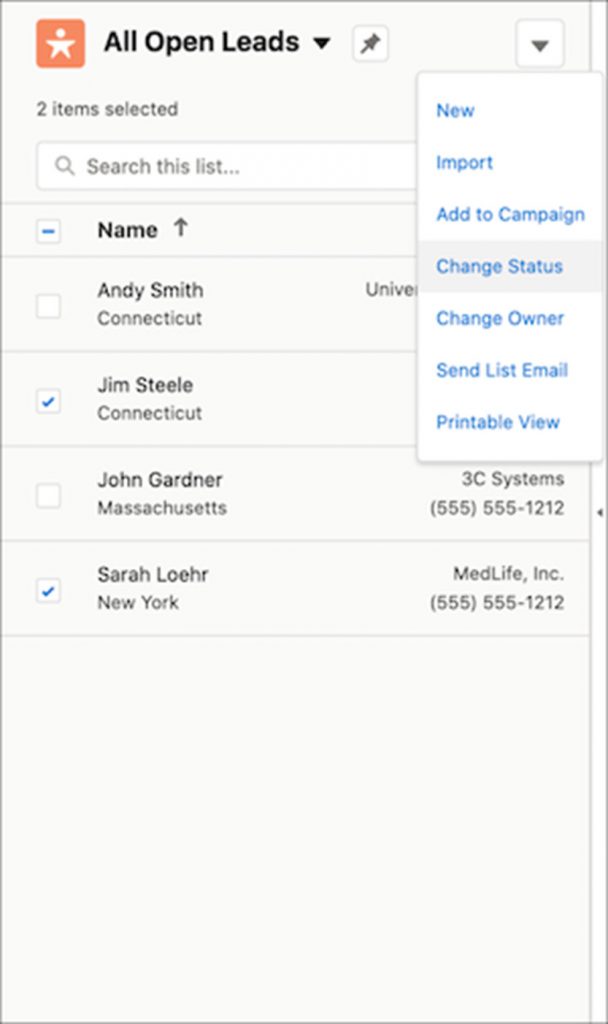
Download a Dashboard Image to a File
Behold, save your screenshots for another day. Salesforce now provides the capability to download dashboards to a PNG file. Previously there was no way to capture dashboards as images besides using a screen capture tool. These changes apply to only the Lightning experience.
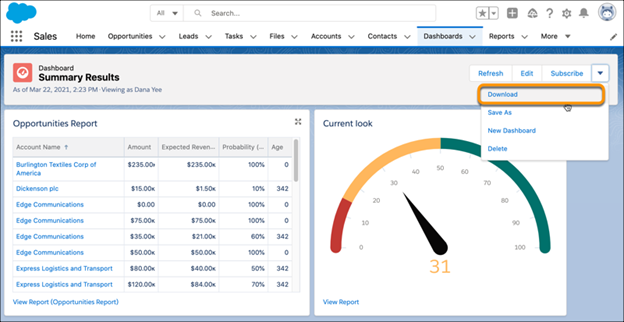
See Record Access Reasons in Lightning Experience
Have you ever thought to yourself, “Why does this user have access to this record?”? I know I am not the only one. If anyone out there is still using Salesforce Classic, you might be familiar with this functionality, but now Salesforce is bringing it to Lightning. Using the “Sharing Hierarchy” action, you can view who has access to a record and why they have access. Whether it’s a sharing rule, their territory, their role, or whatever the reason, you can quickly view this information from the record itself without having to switch to Classic.

Flow Updates
A ton of new fun and exciting functionality is coming to flows but below are some of my favorites.
Build Multicolumn Screens in Flow Builder (Generally Available): Previously in beta, now you can create multicolumn screen flows without any code. This gives admins the ability to provide more visually appealing screen flows.
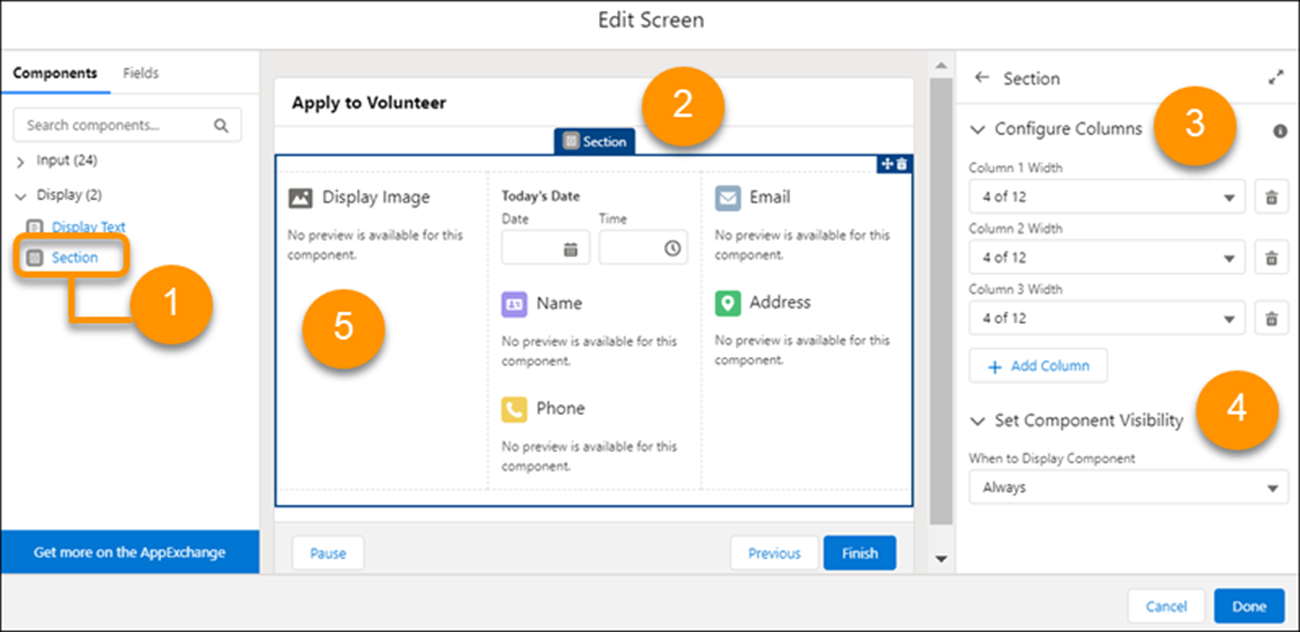
Use ISCHANGED, ISNEW, and PRIORVALUE in Record-Triggered Flow Formulas: Record-triggered flows for new and updated records now support the ISCHANGED, ISNEW, and PRIORVALUE formula functions.
Control Picklist Requiredness More Accurately: You can now select picklists to be required or now required. Before you were only able to be required.
Place Fields from Your Salesforce Objects Directly on Flow Screens (Beta): This is another feature to save time. You can now build flows by directly adding your existing Salesforce record fields. When you add a record to a flow screen, the field’s name, data type, help text, requiredness, and existing values are automatically configured for you.
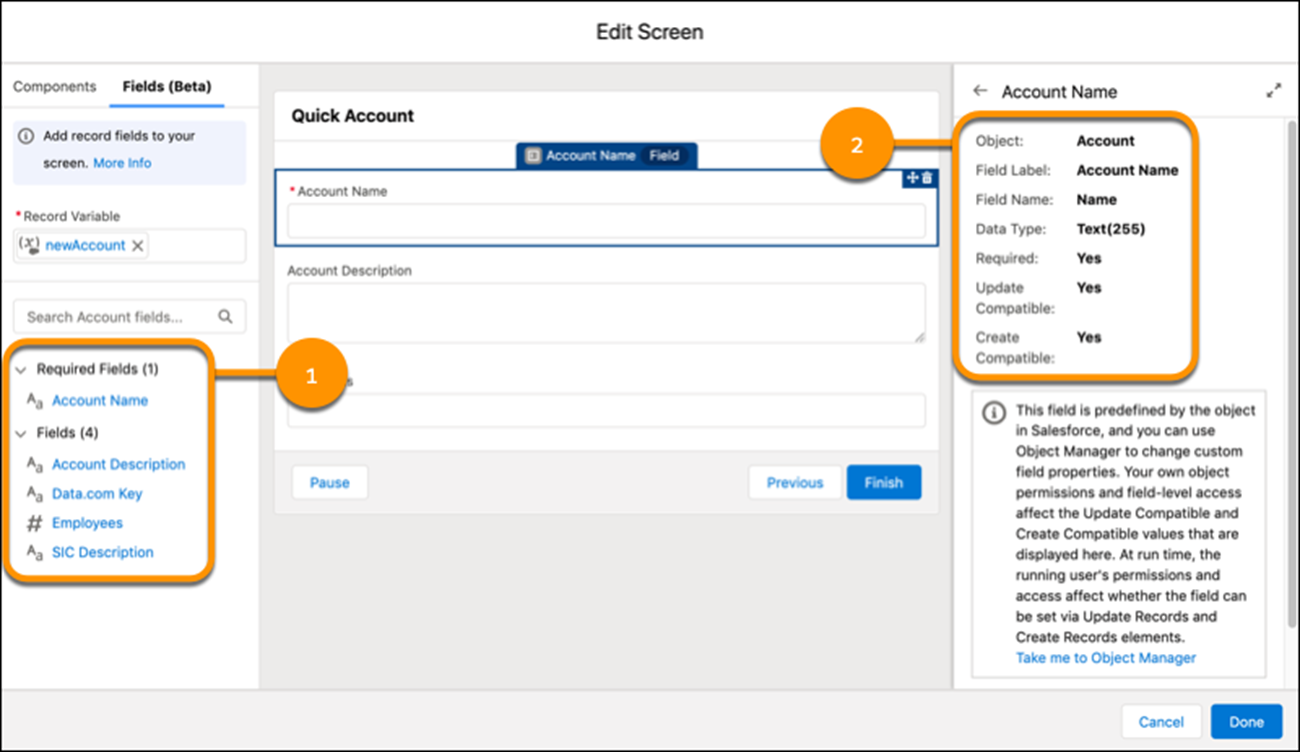
Create a Dynamic Actions Bar for Your App Page (Pilot)
On your record lightning pages, you can now add a Dynamic Actions Bar. This allows you to create a bar with customized actions that can be dragged and dropped anywhere on your lightning record page.
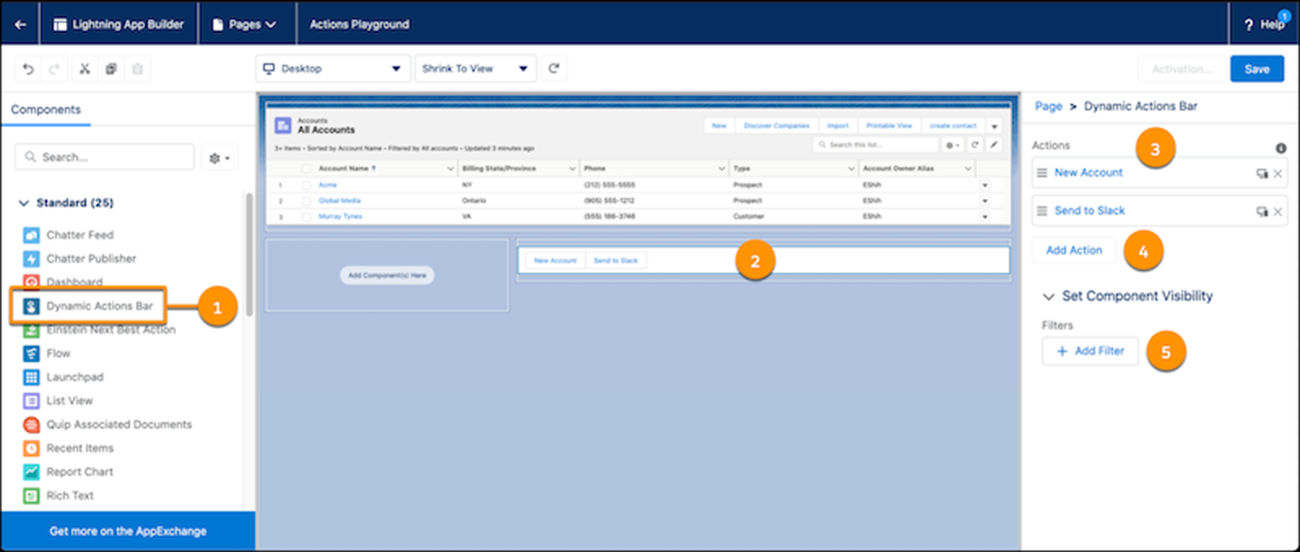
Install More Custom Fields
Each Salesforce edition has a hard set limit on the amount of custom fields per object that you can create and install. You can now install additional custom fields from a managed package to increase your limit up to 900. For the Enterprise Edition, you can create 500 custom fields on an object plus install 400 fields from a managed package and 100 of those fields are limited to a specific object. Check out the specific objects here.
Set Expirations for Assignments on Permissions in Permission Sets and Permission Set Groups (Beta)
When assigning users to a permission set or permission set group, select expiration dates that you specify. Control when a user’s permissions expire based on your requirements.
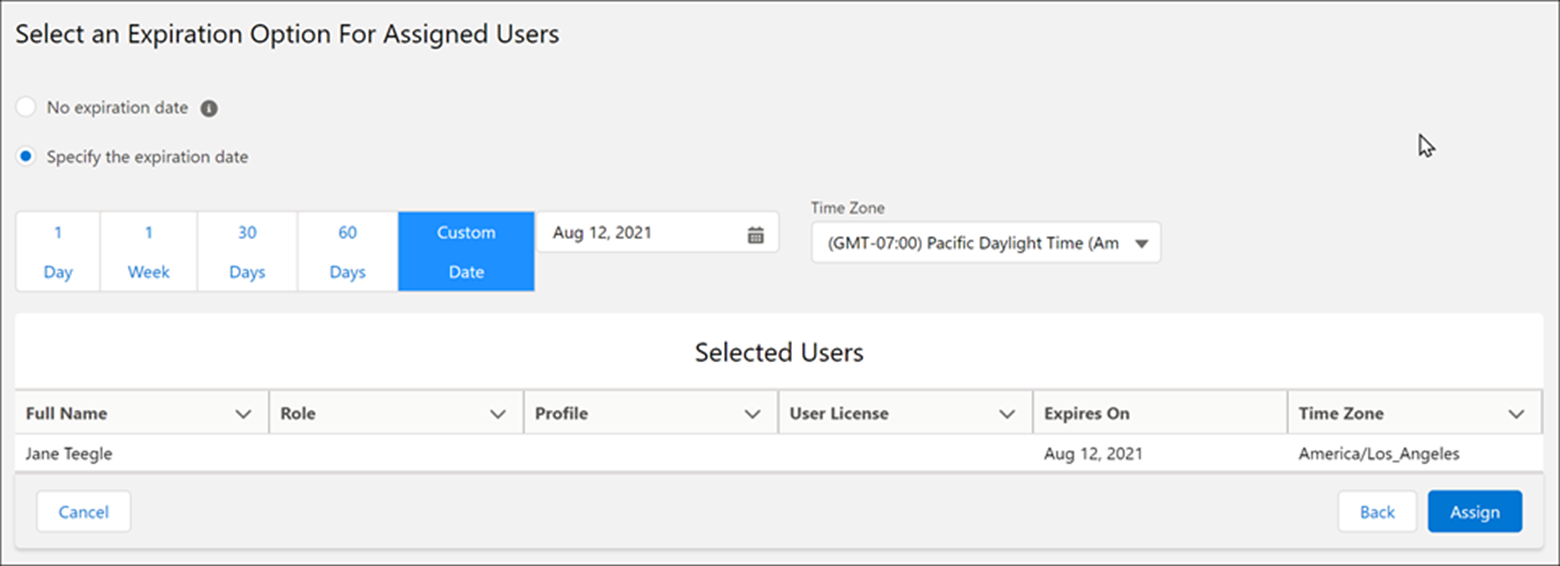
Power Up Recently Viewed Lists with Customizable Actions
The Recently Viewed list view can be a little limiting at times. If you have ever tried to customize it, you know what I am talking about. Now you can add custom actions to your Recently Viewed lists. Recently Viewed lists now show the actions added to an object’s list view search layout.
Connect with Customers and Prospects via LinkedIn with Native Sales Navigator Integration
Salesforce now provides a native integration for Sales Navigator, including a Sales Navigator component that can be added to the Lightning page layout for the lead, contact, opportunity, and account object. Previously this functionality was only available through an AppExchange package from LinkedIn. If you are currently using the AppExchange versions of the Sales Navigator components, replace them with the native versions when you turn on the native integration.
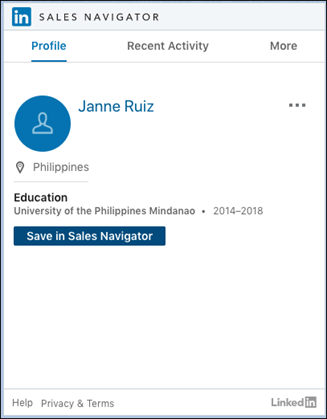
Have any questions about the Salesforce Summer ’21 release? Please contact us at any time
This publication contains general information only and Sikich is not, by means of this publication, rendering accounting, business, financial, investment, legal, tax, or any other professional advice or services. This publication is not a substitute for such professional advice or services, nor should you use it as a basis for any decision, action or omission that may affect you or your business. Before making any decision, taking any action or omitting an action that may affect you or your business, you should consult a qualified professional advisor. In addition, this publication may contain certain content generated by an artificial intelligence (AI) language model. You acknowledge that Sikich shall not be responsible for any loss sustained by you or any person who relies on this publication.









